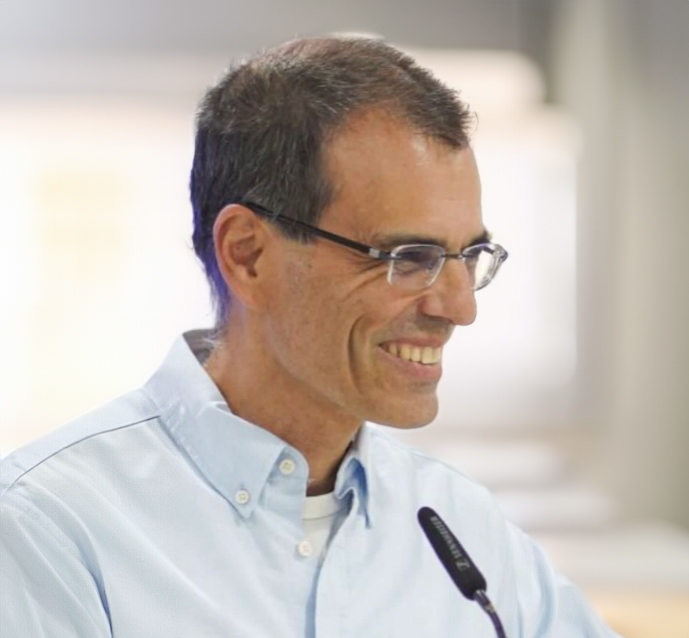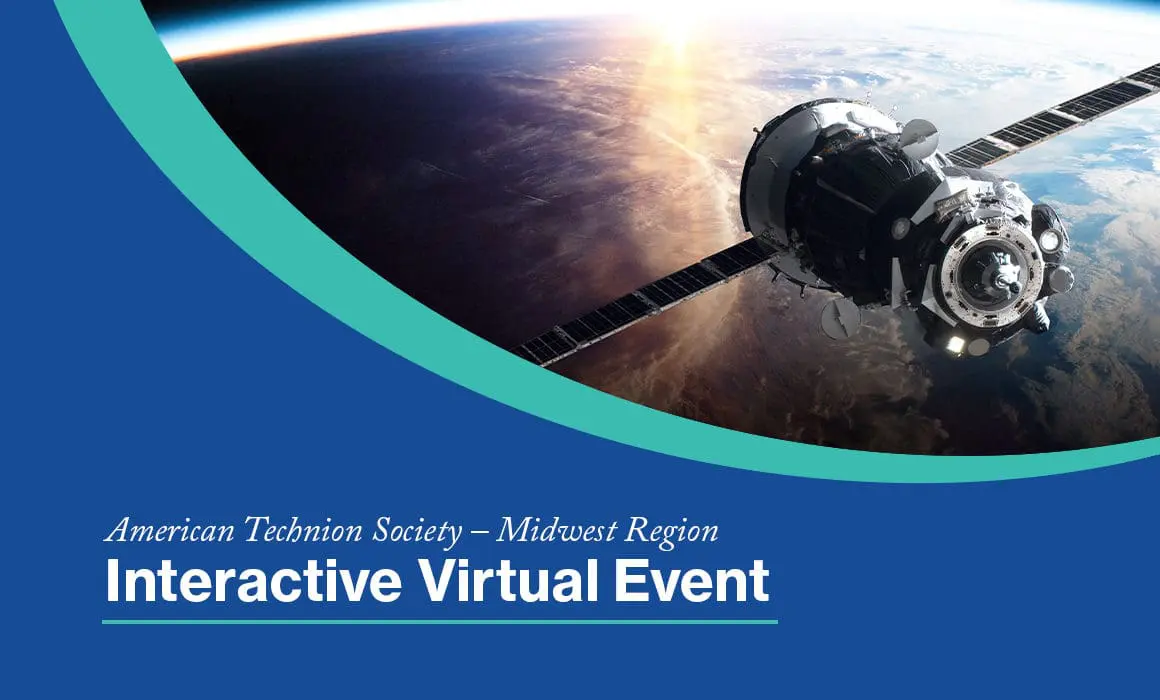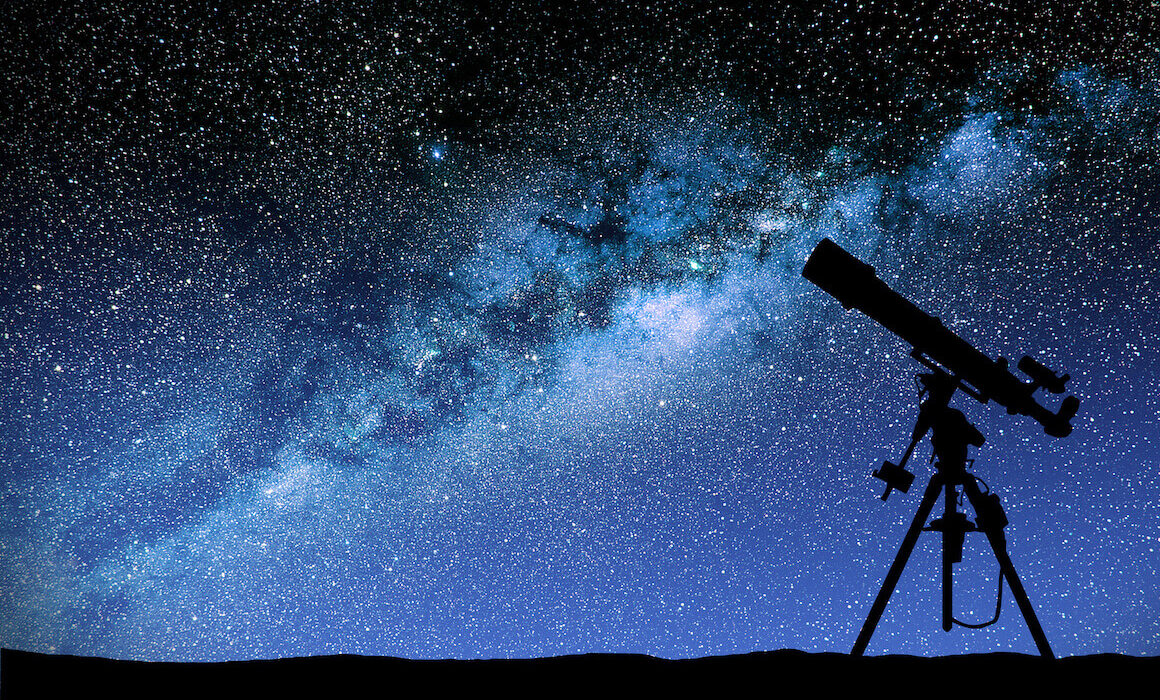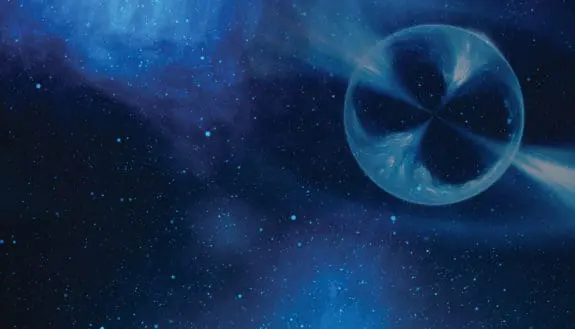One of Israel’s prominent astrophysicists, Professor Ehud investigates some of the most violent events in the universe such as black holes, galactic winds, novae, supernovae, and gamma-ray bursts. He is interested in detecting and characterizing plasma under extreme conditions, for example, before it falls into a black hole, when it is launched to sub-luminal speeds, or when it is shock heated to millions of degrees.
Currently, Prof. Behar is leading the development of GALI, a gamma-ray burst localizing instrument that features an innovative method for localizing gamma-ray bursts, which originate when stars explode. Since these explosions have no observed precursor, the main challenge is to identify their location on the sky so astronomers around the world can quickly aim their telescopes at the event and study the eruption. Very different from traditional detectors, GALI employs hundreds of small sensors, arranged in a random 3D array, and promises to be more precise in its directional capabilities than earlier, much larger detectors launched by NASA and ESA.
Prof. Behar is a member of the Technion Faculty Ambassador Program, which prepares faculty to serve as speakers during events and meetings with supporters in the U.S. and globally. As such, Ambassador Faculty are mentored to better understand the mission of the ATS and other Technion Societies. This “Win-Win” Program is expected to benefit the Technion while also offering its Ambassadors wider exposure to their research and opportunities to polish their presentation skills.
Born and raised in Jerusalem, Prof. Behar earned his bachelor’s degree in physics and mathematics (magna cum laude), his master’s degree in physics (magna cum laude), his LLB undergraduate law degree, and doctorate (summa cum laude) in physics — all at the Hebrew University of Jerusalem. He conducted postdoctoral research at Columbia University before joining the Technion Faculty of Physics in 2002. He has served as a Senior NASA Postdoctoral Program Fellow at NASA/Goddard Space Flight Center and as a visiting professor at the University of Maryland at College Park. He is currently on sabbatical at MIT’s Kavli Institute for Astrophysics and Space Research.



